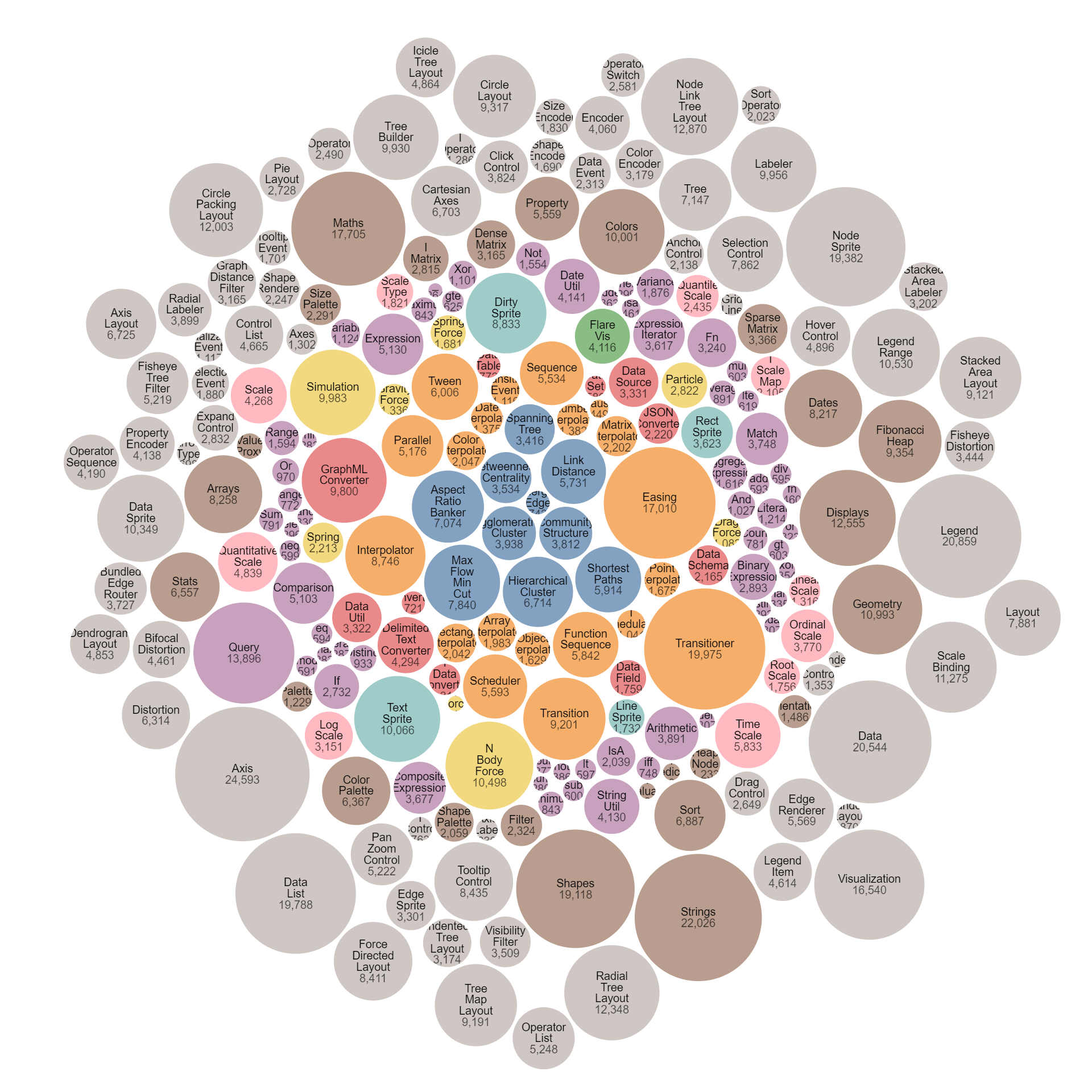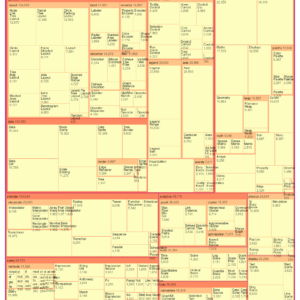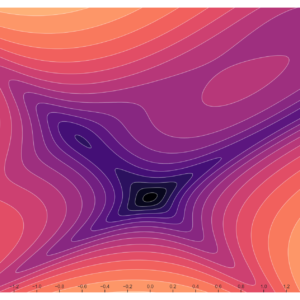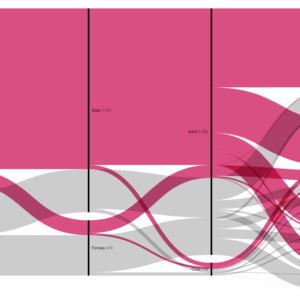Sale!
Description
A beeswarm chart, also known as a beeswarm plot or dot plot, is a type of data visualization that displays individual data points along a single axis while minimizing overlap.
Only logged in customers who have purchased this product may leave a review.







Reviews
There are no reviews yet.